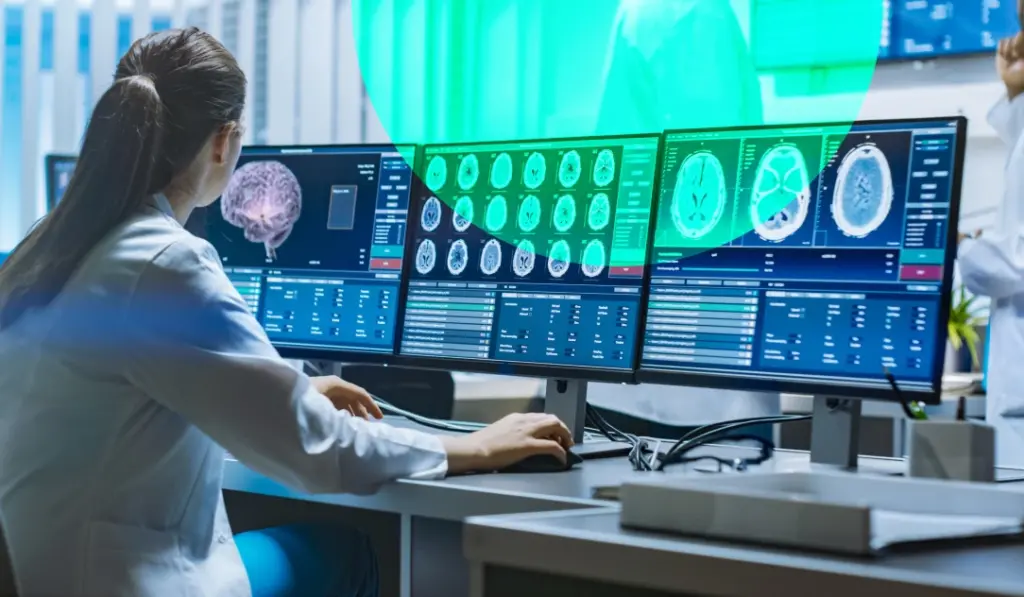Human vs. machine | cHAPTER 3
Unleashing the
Power of AI

The stakes are always high for localization in the life sciences industry. However, balancing speed, accuracy, and cost is a constant challenge.
While other industries must also balance speed, accuracy, and cost in localizing content, life sciences organizations face unique challenges.
Advancements in AI and neural machine translation (NMT) technologies have significantly improved the quality of machine-generated translations.
Despite AI advancements, human translators remain irreplaceable. Localization requires a nuanced understanding of languages and cultural sensitivity, which AI is not (yet) capable of.
The decision between machine and human translation hinges on balancing speed, accuracy, and cost.
The landscape of translation technologies is constantly evolving. Advancements in AI, machine learning, and NMT will continue to refine the quality and capabilities of machine translation.
Machine translation offers a compelling solution for processing large volumes of text quickly and cost-effectively. Advancements in AI and neural machine translation (NMT) technologies have significantly improved the quality of machine-generated translations, making them more contextually aware and adept at handling complex life sciences terminology.
This is especially useful for initial translations of patient engagement platforms. These digital systems are designed to facilitate interactions between healthcare providers and patients, and speed is of the essence.
Its application in the life sciences industry is particularly beneficial for preliminary translations of pharmacovigilance data, which require prompt analysis and reporting.
How AI is Transforming Life Sciences Translation
- Massive volume of data: AI excels at processing large data sets, making it ideal for translating vast amounts of data and content. It can translate millions of words in multiple languages simultaneously, which is impossible for even an army of human translators.
- Enhanced accuracy: NMT engines and GenAI tools are becoming more sophisticated, producing more accurate translations that capture the nuances of life sciences terminology. NMT mimics the neural networks in the human brain, learning languages and getting better over time.
- Rapid turnaround: AI allows for swift initial translations, which is particularly beneficial for patient engagement platforms where real-time communication is crucial. It can also be integrated with translation management software (TMS) to manage and tag high-volume content to help human translators stay organized and become more efficient. It cuts translation delivery times, leaving human reviewers to focus on editing and improving the AI-translated output.
- Streamlined workflows: GenAI and LLMs are changing the entire localization process by moving content creation and translation upstream. GenAI can produce multiple language variants simultaneously from the source, i.e., at the point of creation.
- Conversational AI: AI is used not only for creating content but also for translating existing content. Conversational AI uses natural language processing (NLP) and NMT to understand and respond to different audiences in multiple languages. Many healthcare companies use AI-powered chatbots and virtual assistants for patient engagement, such as providing quick information, setting up appointments, or prompting behavioral change.
“Welocalize remains at the forefront of this transformation, championing the integration of AI and ML technologies in translation processes. As these technologies continue to improve, they will play a crucial role in shaping the future of translation, making it more efficient and accessible.”
Anja Schaefer, Global Head of Commercial Life Sciences, Welocalize
